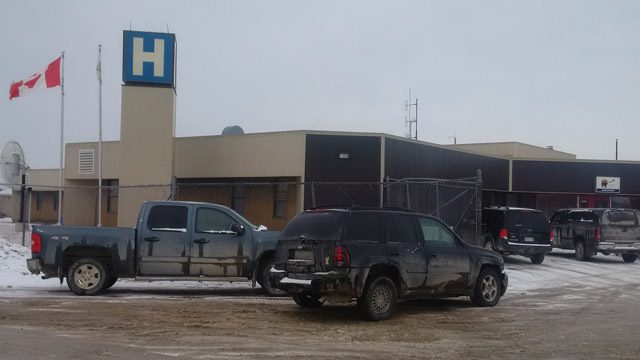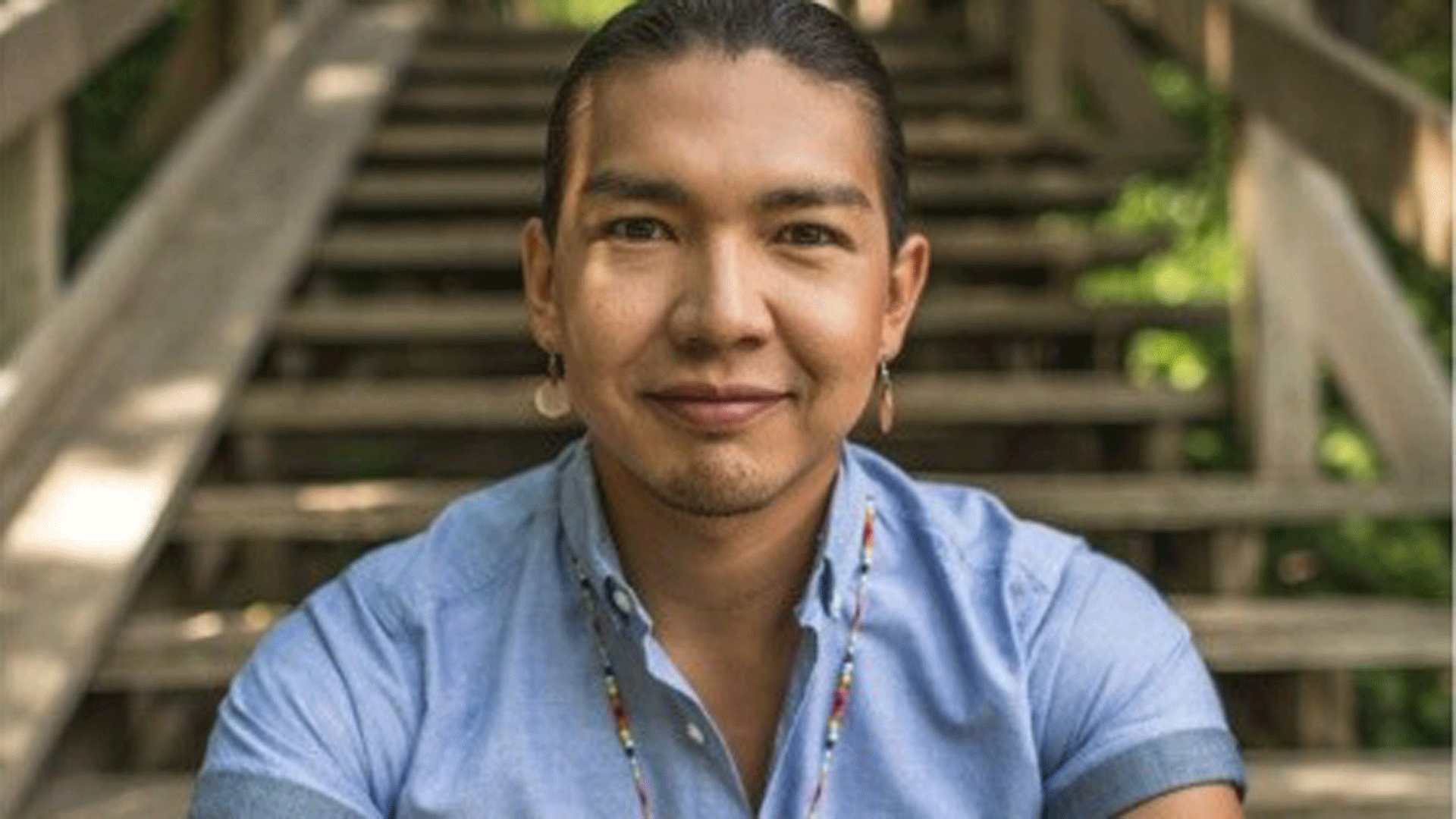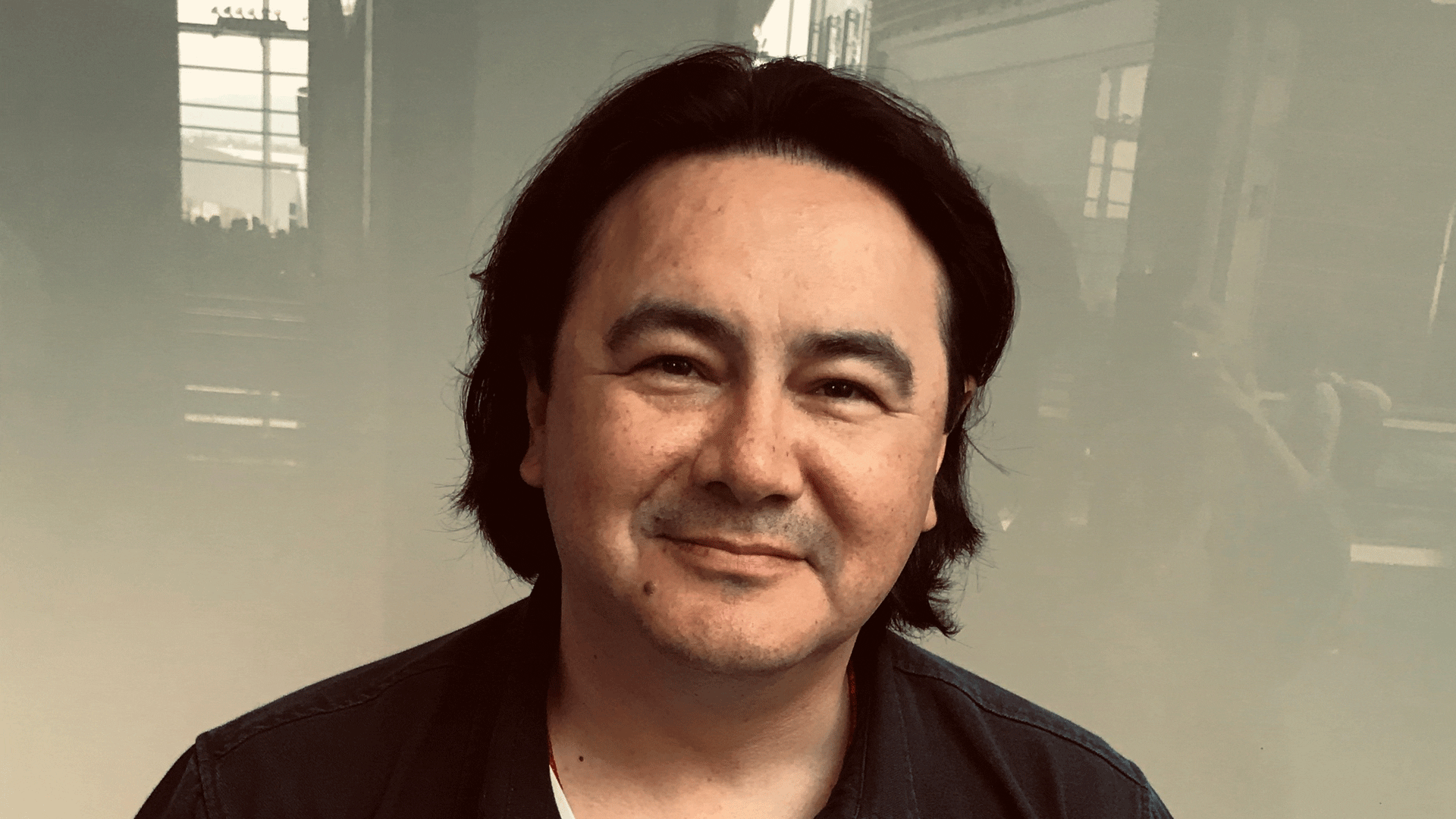
The federal government’s handling of COVID-19 in Indigenous communities has been troublesome, frustrating and challenging for Piikani Blackfoot Dr. Lana Potts.
“I’m very critical of it,” says Potts, family physician for the Siksika First Nation Health and Wellness Centre located one hour east of Calgary.
“I feel sometimes my hands are tied and all I can do is sit and watch. I describe it as almost if you’re waiting for a bomb to drop. Because you’re just wondering: What’s going to happen?”
Potts and several other Indigenous doctors have been meeting with Minister of Crown-Indigenous Relations Carolyn Bennett to discuss some of the challenges they, on the front-lines, are facing during the first wave of the global pandemic.
In an interview with APTN News, the doctors say that credit for keeping the virus out should go to communities themselves, that Indigenous people still experience racism in the health-care system, and that closing the health gap by getting more doctors into more communities permanently is critical to achieving reconciliation.
Because she works in an urban setting as well as on-reserve, Potts says she sees a “contrast of a different response” that highlights the disparities between the two systems.
“We have the resources of Alberta Health Services [in the city]. We have their programs, their staff, just everything you would have in a tertiary care centre. But on the reserve it’s quite interesting because we are having difficulty getting PPE (personal protective equipment), we’re having difficulty getting just hand sanitizer” and other essential resources, she explains.
“You see what’s happening to First Nations people in community is what’s always been happening: They’re not getting the care that they’re going to need.”
(Dr. James Makokis says the decision was made to close the community where he works after calculating the potential impact the coronavirus could have. Photo: LinkedIn)
Assessing government response
The virus has hit some regions harder than others. The government response also varies by region.
For Dr. Ojistoh Horn, a family physician at the Akwesasne Medical Clinic, it’s too early to tell.
“I can’t say that I really have a good sense of how they’ve done because we haven’t finished,” she remarks.
The Mohawk community of Akwesasne has 20,000 members spread across international jurisdictions now known as Quebec, Ontario and New York.
One community member tested positive in late March. Health officials on the New York side said they were investigating but didn’t announce any new cases. The low number doesn’t mean measures should be relaxed, however.
“It may be that we’re just not testing, so who knows really what the true numbers are in our communities. I know we just opened up a testing centre this week. But so far so good. If it does enter our communities it is very scary,” she says, pointing to multigenerational housing along with higher rates of diabetes, heart disease and the lung disease known as COPD.
“We have a lot of people with those pre-existing conditions, and so if it was to take hold we could be in a lot of trouble.”
After considering these factors, it was clear to Dr. James Makokis, who works on Kehewin Cree Nation three hours northeast of Edmonton, they too had to act.
Without any Indigenous-specific modeling from the federal government, Makokis helped calculate potential COVID-19 morbidity and mortality rates for the community. After looking at those projections, they – like hundreds of other First Nations – opted to close the community to non-residents and non-essential travelers. (APTN has asked the federal government repeatedly for similar data but have yet to receive a response.)
“What we’re seeing is First Nations on-reserve being more proactive for a number of reasons,” he explains.
“One is previous experience with pandemics and the response from the federal government, sending body bags, for example, to communities instead of resources.
“And two, that we can’t rely on [the government] – as much as we would like to rely on that source of support – that we really needed to take the initiative for our own nation to protect our people and our members.”
It’s been “challenging” too for Dr. Veronica McKinney, a Cree-Metis family physician and director of Northern Medical Services (NMS) in Saskatchewan.
The virus spread quick in her remote primarily Indigenous region, surging from one case to over 50 in roughly a week.
“There’s a real dichotomy in a lot of ways,” she notes. Saskatchewan unrolled its plan to open the province while, at the same time, the north was wrestling with an outbreak.
“The province’s mandate is, ‘Open for business, no problem, we don’t have any problems here.’ And yet our communities are really suffering and dealing with this head on.”
“Overall, the other feeling that I’m sensing from the communities is a feeling that we don’t matter.”
(Dr. Veronica McKinney’s northern Saskatchewan region saw COVID-19 cases surge from one to dozens in about a week. Supplied photo)
No trust in the system
The doctors point out that many people experience racism and discrimination when accessing health-care services.
This creates a “generalized mistrust” in the system and wariness to present themselves at all.
“This is based on historic and ongoing issues, the lack of cultural safety, the racism and discrimination that people are experiencing,” says Dr. Alexandra King, Cameco chair in Indigenous health and wellness at University of Saskatchewan, also a member of Nipissing First Nation in Ontario.
“It affects our behaviour. If you’re sick and you need to get help, you are more likely to reach out and get help if you trust a healthcare system and feel like you will be taken care of.”
Racism in the health-care system was an “important factor and sad reality” that contributed to the decision to close Kehewin.
“We have to consider racism as a factor in their care and whether they will even be assessed or not,” Makokis says.
“If it came down to ventilators and we’re not even being triaged appropriately in hospital, then are we going to get the ventilators if it comes down to it? Sadly, that was another deciding factor that we had to consider in closing the community and keeping people safe.”
While some may fear discrimination, others hesitate to get tested for COVID-19 due to legacies of intergenerational trauma and historical memory of disease. No one wants to be “that case,” says Potts.
“We have such a trauma response of carrying blame and the worry about being blamed for bringing disease to community, and we know that has to go back with colonialism and the illnesses that were brought by the settlers to North America,” she states.
“And I think it still sits there. You don’t want to be labelled as that person.”
Which is why she took to social media to reassure her community: “There is no shame in getting tested, you can save lives,” she posted to Facebook.
(Cree Dr. Dan Cutfeet has worked full-time in Alert Bay, B.C., since 2015. Supplied photo)
Reconciling a troubled past
The community where senior physician Dr. Dan Cutfeet works has become “kind of a hotspot” for the novel coronavirus pandemic.
Alert Bay, a 40-minute ferry ride north from Vancouver Island, has over 20 cases of COVID-19 with “basically more every day,” says Cutfeet, who is originally from Kitchenuhmaykoosib Inninuwug (K.I.) First Nation in northwestern Ontario.
The village shares Cormorant Island with two Kwakwaka’wakw First Nations. The entire island only has a population of about 1,500. One person, a 59-year-old ‘Namgis Elder named Cindy Mountain, died after contracting the respiratory illness.
Alert Bay has a difficult history with the health-care system
In mid-January 1979 an 11-year-old ‘Namgis First Nation girl named Renee Smith was admitted to hospital with severe abdominal pain.
She died after four days of suffering from what a coroner’s inquest determined was a ruptured appendix and acute gangrenous appendicitis.
A 1980 federal inquiry headed by Dr. Gary Goldthorpe found community physician Dr. Jack Pickup neglected his medical duties and could have prevented Smith’s death.
Pickup was “on many occasions clearly and obviously drunk while performing as a doctor” and “verbally abusive, and disrespectful, toward Indian patients.”
The inquiry recommended authority over health-care be transferred to the community, “that we take ownership over those facilities,” says Cutfeet.
“And that’s something we’re trying to do in Alert Bay. A lot of what exists in Alert Bay has been done by the ‘Namgis people themselves.”
And that’s what reconciliation means for him: “empowering the communities with their own health-care, not with a Western model of health-care that we see existing, but for the opportunity to build a model that fits the people and their place.”
“It took so long for this modern-day pandemic to happen, but we don’t know when the next one’s going to be and we know it’s a reality.”
Potts calls on the government to get back to “basics”: health-care, clean water, building roads and getting doctors on the ground in communities.
“They need to start to fund primary care. When you fix people’s health, you fix people’s life on a bigger scale,” she says.
Makokis calls for the same thing: reasonable access to health-care in First Nations communities as part of the treaty promise.
“Only a handful” have a family doctor and “neglect” is not too strong a word for the way things stand, he says.
“Our people are used to experiencing episodic care from someone outside of the community who comes one day a week, at most, to usually once or twice a month. And how can you have the most in-need people in health-care only having access that often?” he says.
“One of the things I hope comes out of this pandemic is that it really shines a light on the importance of primary care for all people, but especially Indigenous people.”
McKinney agrees.
“It’s really rare that you see people actually physically located within First Nations communities across the nation. It’s often flying in and flying out. There does seem to be that lack of connection with physicians.”
While funding primary care is a good start, Horn says the way doctors are trained has to change.
“Coming up with grassroots approaches to educating the people who will one day, maybe, take care of us – like our own doctors and doctors from other cultures – is one way to reconcile in terms of the health situation,” she says.
“We have to have more teaching of these students by our own people.”














perhaps somebody should teach them about germ theory – yes, strong response on reserve (big signs Keep Out gates manned 24 hours a day) meanwhile constant stream of vehicles to town and back…
Would it seem kinda unfair to put a stock photo Weeneebayko General Hospital (aka JBGH) Attawapiskat Wing for a cover photo, yet have no comment from the local Doctors or the Health Authority at Moose Factory?